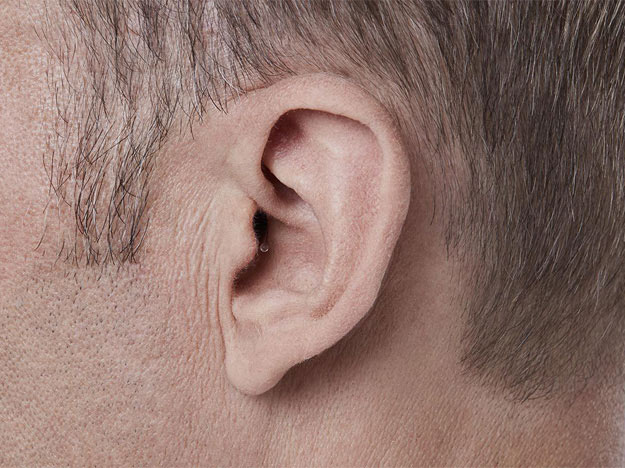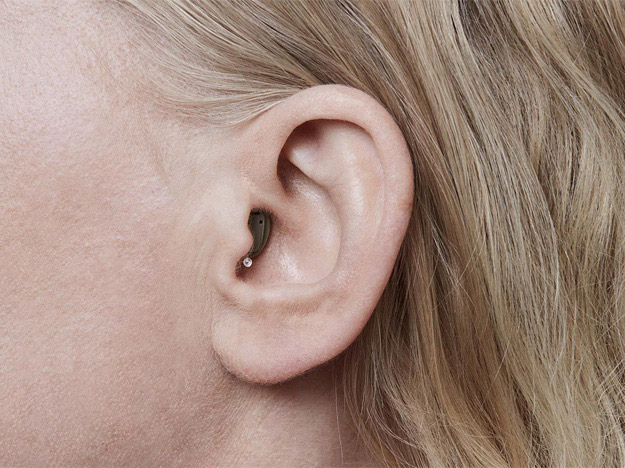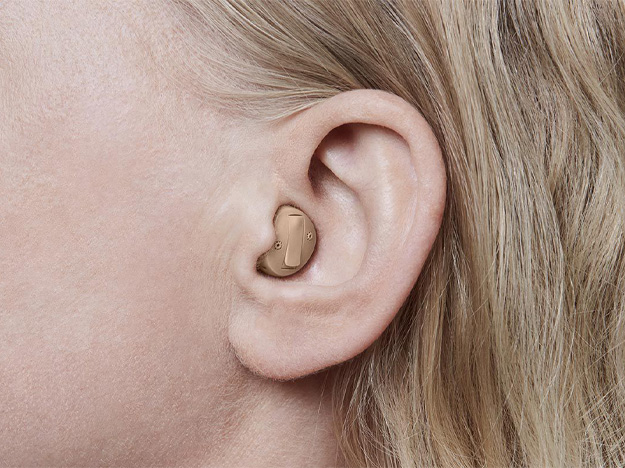Many of our hearing centres are open over Christmas. Check your local centre's opening hours and book your appointment here. Customer service & booking teams will be open on reduced hours.

Invisible hearing aids
Modern hearing aids are more discreet than ever. There are now even hearing aids available which are almost invisible to the eye. These tiny hearing aids can give you a high-quality listening experience while being discreet.
Book your next appointment!
What are invisible hearing aids?
Invisible hearing aids sit inside your ear so that they are virtually invisible to the naked eye. More impressive still is the advanced digital technology that fits into such small devices.
Invisible hearing aids are custom-fitted to your ear canal – they have no external tubes or wires.
What is the best invisible hearing aid?
One of the smallest invisible hearing aids is the invisible-in-the-canal (IIC) style. It fits completely inside the ear canal.
The Oticon Opn IIC is invisible in 8 out of 10 users' ears, offering excellent sound quality, but without compromising on the latest digital technology.
|
Invisible hearing aids: the pros and cons
Whether invisible hearing aids are right for you depends on a few things. The level of your hearing loss, the shape of your ear canal and your personal preferences about hearing aids are all factors you'll need to consider.
Below is an overview of invisible hearing aids advantages and disadvantages that you'll have to weigh up.
| Advantages | Disadvantages |
| Small, discreet style | Shorter battery life |
| Less likely to pick up wind noise | Controls are harder to see and feel |
| More natural sound experience | Not suitable for all ear canal shapes |
| No external tubes/wires | Challenging to handle for those with limited dexterity |
| Custom-fitted (more comfortable for most users) | No coordination possible between your two hearing aids |
| No Bluetooth® connectivity available | |
| Not available with rechargeable batteries |
What hearing aids are most discreet?
Sources
1. https://www.oticon.ca/professionals/products/hearing-aids/opn-ite
2, https://www.healthyhearing.com/report/52837-The-pros-and-cons-of-small-hearing-aids





